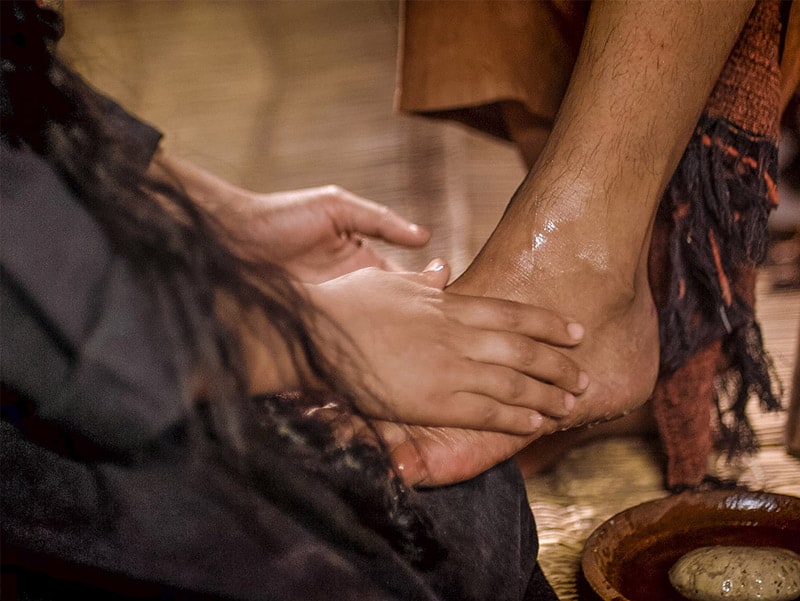By Ruth Peacock
Sacred oils, mentioned in the Bible to prepare Jesus for his death, are enjoying a surprising revival within mainstream medicine.
Myrrh, sandalwood, and spikenard are among a small range of essential oils being used to care of the dying, in the revival of an ancient healing art.
The renewal of interest in this tradition is led by Felicity Warner, founder of Soul Midwives. She lectures in the use of oils for the psycho-spiritual care of the dying at the Royal Marsden Hospital in London and runs courses where her students include priests and doctors as well as lay people.
Most people are aware of aromatherapy, with essential oils used in massage and therapies. Felicity says aromatic plants have been used in rituals and medicines for thousands of years, with traces found in Egyptian and Babylonian tombs. Modern aromatherapy is largely a smell-sensory experience.
Sacred oils, she says, are different and given their own spiritual esoteric quality. Oils from plants are extracted by steam, solvents, pressing, or being soaked in oil. Then they are mixed with rapeseed, a neutral carrier oil, and used on the skin for light massage or in bedside blessings and anointing of hands or feet.
They were deemed sacred for their use in care of the dying, and to signify their importance for ritual, ceremony and healing. They were also used to heal “wounds of the soul”. In ancient times, sacred oils were used by “myrrhophores”, women who offer myrrh. Originally, the practice made connections between planetary movements and bodily ailments.
This was a priestly tradition, with skills passed down through generations. Today the tradition continues and within the Greek Orthodox church, the feast of the Myrrhophore is celebrated on 6 April.
Felicity came across the tradition as a teenager, and over the years has studied and understood its teachings. Twenty years ago, she started Soul Midwives, offering holistic and spiritual companions to the dying and through this work, her interest in the use of oils accelerated.
“The sacred oils used within the Myrrhophore tradition are used for their energetic frequency rather than their aroma. One oil that we work with when people are in terminal agitation smells far from pleasant but it has an extraordinary effect with patients and significantly calms anxiety,” she says.
All four gospels tell the story of Jesus’s feet being anointed with oil, with John’s gospel saying this oil was “nard”, known as “spikenard”. In three accounts this happened two days before Passover, the days preceding the crucifixion, as though the anointing was to prepare him for death and burial.
The identity of the anointer is not named in three gospels – three say she was from Bethany, Luke says she was “a sinner”, John says she was Mary, sometimes thought to be Mary Magdalene. Accounts describe her pouring the costly aromatic oil spikenard over Christ’s feet, from her alabaster jar, and then wiping his feet dry with her hair in an act of healing and reverence.
Today, spikenard is being used again to help people to accept death and dying. Felicity says: “Sadly spikenard is such a valuable plant commercially that it’s now considered to be critically endangered and is on the International Union for Conservation of Nature red list of threatened species. It’s still extremely costly.
“Its musky, spicy scent works on the body’s nervous ‘parasympathetic’ system to bring feelings of gentle release and surrender.”
Other oils used in the care of the dying include frankincense, which traditionally aligns spirit and soul with the divine; ravensara for healing soul wounds and trauma; and sandalwood for relaxation and meditation.
In her book, Felicity lists 20 sacred oils and offers accounts from people who say that working with an oil has given them release and created a sense of patience, forgiveness and surrender.


















